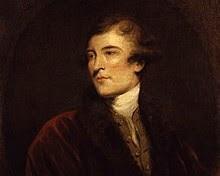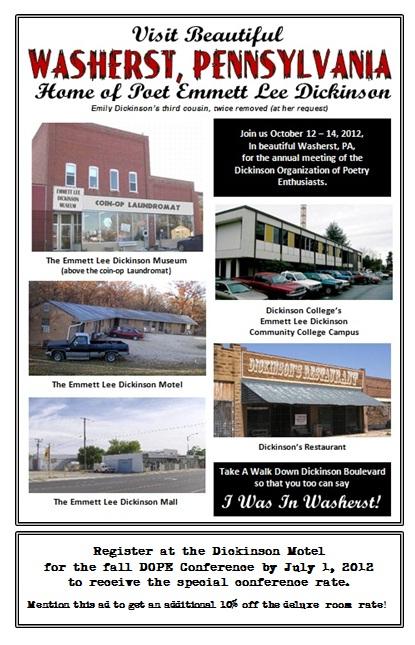
Caleb Whitefoord, portrait by Sir Joshua Reynolds
By those who know about these things, this was a new literary form based on the recycling of lines from those newspapers. Whitefoord was a wine-merchant, poet and diplomat and in 1766 published in The Public Advertiser an article entitled A New Method of Reading Newspapers. He gave this method the name 'cross-reading'. Newspapers of the time were arranged in tight columns with narrow margins. Whitefoord seems to have been the first person to notice that reading lines across the page, instead of downwards, produced some interesting results. Here are a few:At the meeting at Newcastle, Sir B. F. D. was in the chair—and appeared like a dull, faint nebulous star.We learn from Berlin, that his majesty—Was convicted of debasing the current coin.
Notwithstanding the present exorbitant price of candles—Some dark transactions will soon be brought to light.In 2012 Austin Kleon published Steal Like An Artist and is well-known for specific blackout poetry using newspapers. According to his website, it all started with Caleb.Bear with me here for a bit. This is a poem by Emily Dickinson:
The harm of Years is on him —
The infamy of Time —
Depose him like a Fashion
And give Dominion room.
Forget his Morning Forces —
The Glory of Decay
Is a minuter Pageant
Than least Vitality.
However, it seems to be a little known fact that before that poem was written her cousin Emmet Lee Dickinson (a third cousin, twice removed, by her) wrote the poem at the end of this piece.He had spent the afternoon drinking a few too many corn whiskeys (his favorite libation) at the popular Washerst (a town in Pennsylvania) watering hole, ‘Meter Here – The Bar for Poets’. He blacked out, woke up at the brothel run by Abigail Well-Barnwell (known to Washerstians as ‘Downton Abbey’) and wrote the poem. His poem, in turn, inspired third cousin Emily to write ‘The harm of years is on him’.For confirmation of this fact you could do worse than visit The Emmett Lee Dickinson Museum (above the coin-op Laundromat Dickinson Boulevard in Washerst). It opened its doors in 1962 with the sole purpose of preserving and promoting his work and they claim that Emmett created a different form of Blackout Poetry, the kind where a poet drinks a bit too much, blacks out and then ‘comes to’ later with a poem he envisioned during his blackout.

The harm of beers is on him –
The infamy of wine –
Unsteadies him in fashion
That his Gait is not straight line.
Forget how many Courses
That turned his state to Stewed –
In one just Happy Hour
Tasted liquors strongly brewed.
Thanks for reading, Terry Q.
Email ThisBlogThis!Share to TwitterShare to Facebook
